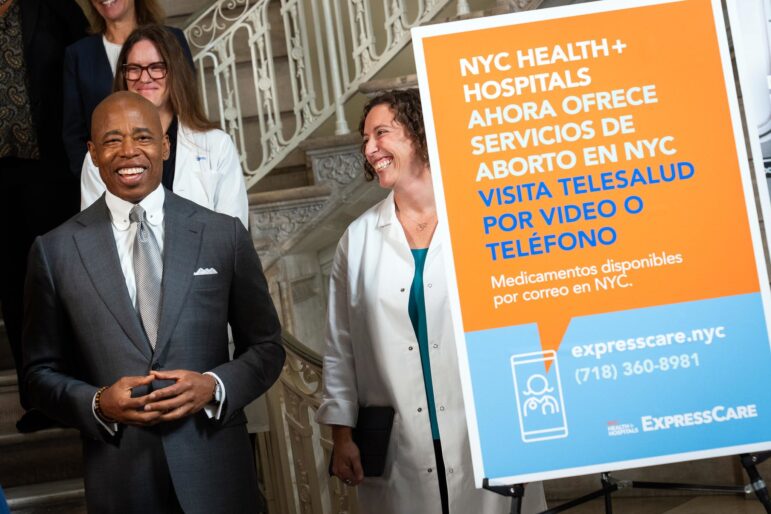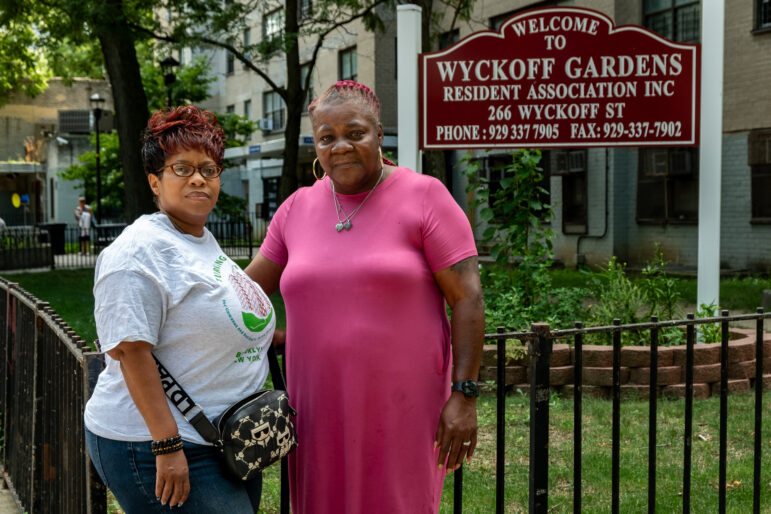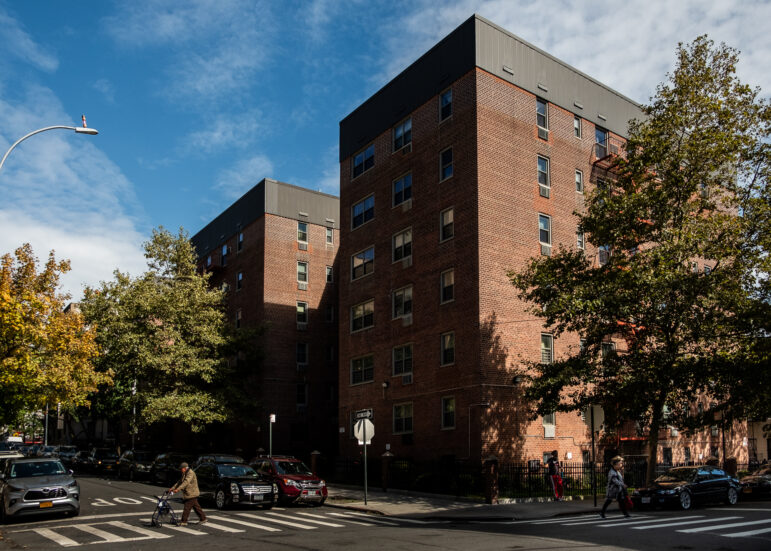“Teachers’ workloads are increasing without their salaries as they take on even more responsibilities to ensure the safety and well-being of their students.”

Michael Appleton/Mayoral Photography Office
A socially-distanced New York City classroom when hybrid learning was still in effect for COVID.Growing up in a low-income neighborhood in the Bronx, I learned firsthand the importance of having good teachers. In my public school, teachers took on a bigger role than academics. They taught us manners and life skills, and they often provided the type of emotional support we weren’t getting at home. My third grade teacher, in particular, inspired my love of learning by introducing me to advanced textbooks and sparking my early interest in science.
But I was the exception to the rule: the majority of my learning at a young age was self-directed. Because I was fortunate enough to be able to walk to the library alone, I spent my free time reading books. I ended up transferring to a private school in sixth grade, receiving a top-tier education and eventually building a career in tech.
The barriers to entry were lower for me. It wasn’t the same for many of my classmates, who struggled in oversized classes led by overworked and underpaid teachers. Meanwhile, only a few miles away, students thrived in wealthier districts with higher-paid teachers. This disparity has only widened.
Our schools are facing a moment of crisis. The pandemic interrupted learning for the majority of America’s students, many of whom struggle with mental health issues due to the residual trauma. Teachers’ workloads are increasing without their salaries as they take on even more responsibilities to ensure the safety and well-being of their students. Many educators are opting to retire early due to the stress they incur on the job—a recent analysis by Chalkbeat found that teachers are exiting the profession in higher numbers than ever.
As more teachers leave the classroom, the onus is on the ones who remain to pick up the pieces. Classroom sizes are ballooning, saddling teachers with bigger workloads. In areas where there are shortages, uncertified educators fill in the gaps, and students are forced to pick their way through curriculums and textbooks without proper instruction.
The few teachers who remain walk back and forth between classrooms while aides keep an eye on the kids. In some cases, support staff like administrators and principals are taking on full teaching responsibilities and course loads. To make matters worse, students with disabilities aren’t receiving the mandated instructional support they need.
The driving force behind this disaster? Teacher salaries, which have stagnated at an embarrassingly low level. Women of color, who make an average of $2,200 less than their peers, are even more adversely affected.
The sad reality is that our society does not value education in the way that many of our contemporaries do. Overseas, there are great examples of other countries that put a premium on their educators, making sure the next generation is adequately prepared to take on the world. The United States, on the other hand, lags far behind. If they aren’t being paid what they’re worth, it’s no wonder teachers are leaving the profession in droves.
Policies like “last in, first out,” mandated in New York and many other states, disproportionately impact teachers of color. Under these rules, the teachers who were most recently hired are the first ones to be let go when budget cuts force layoffs. But the number of students of color in communities across the United States only increases each year. Research shows that seeing people of a similar culture, race, or ethnicity in front of their classroom unequivocally improves students’ motivation and performance—not to mention creates role models for the type of adults they might become in the future. “Last in, first out” all but ensures this won’t happen.
It’s time to pay these teachers what they deserve. Recent legislation introduced by Rep. Jamaal Bowman (D-N.Y.), who represents my own home borough of the Bronx, would raise the minimum threshold of teachers’ salaries across the country to $60,000. The Pay Teachers Act of 2023 was recently endorsed by Sen. Bernie Sanders (I-Vt.) and is cosponsored by a number of prominent lawmakers, including Sens. Elizabeth Warren (D-Mass.) and Ed Markey (D-Mass.).
In addition to providing states with federal funds to establish minimum salaries, the bill would triple the funding of the Title-1A program, which benefits schools with a high percentage of students from low-income backgrounds.
Should it be enacted, the Pay Teachers Act would have a waterfall effect: the more teachers entering the profession, the higher the pool of educators for school districts to choose from. If teachers were better paid, they would be less likely to walk away. That would lower the burden on the teachers who stay, who then in turn would be less likely to burn out themselves. And it would set a new standard for the way we allocate federal funding toward our education system.
Here at Fullmind, one of our rallying cries has always been to pay teachers more. Our suite of virtual education programs helps to alleviate the burden on existing teachers—and it works best when used hand-in-hand. Students across the United States deserve access to the highest quality teachers our country can produce. There is no better investment than an investment in our children: when they win, everyone wins.
Ysiad Ferreiras is the CEO of Fullmind.








